Build-A-Rig Round 1: The $1500 PCs and Interviews from Corsair and Zotac
by Ian Cutress on July 8, 2015 5:15 PM EST- Posted in
- Build-A-Rig
- Corsair
- ZOTAC
- Interview
Corsair's 'The Accelerator'
When Dustin from Corsair sent me his build, it was clearly obvious where the focus was. While $1500 is a relatively large budget for a system, when you put in the high value components it starts to get tricky where the rest of the budget should be spent, and sometimes compromises have to be made. As Dustin says in his interview, the build is designed for 4K single monitor gaming, and it clearly shows.
| Corsair's 'The Accelerator' | |||
| Component | Selection | Price as Chosen |
90-Day Average |
| Processor (CPU) | Intel Core i5-4690K | $239.99 | $237.62 |
| Motherboard | GIGABYTE GA-Z97-HD3 | $89.99 | $97.99 |
| Graphics Cards (GPU) | Zotac GTX 980 Ti | $649.99 | $649.99 |
| Memory (DRAM) | Corsair Vengeance Pro 2x8GB DDR3-1866 C9 |
$104.99 | $118.36 |
| Storage (SSD/HDD) | Corsair Force LS 240 GB SSD | $94.99 | $99.51 |
| Power Supply (PSU) | Corsair CS650M Gold | $94.99 | $94.99 |
| Chassis | Corsair Carbide 200R | $59.99 | $59.99 |
| CPU Cooling | Corsair Hydro H60 | $64.99 | $64.33 |
| Operating System | Windows 8.1 64-bit OEM | $99.99 | $99.99 |
| Extras | None | ||
| Total | $1,499.91 | $1,522.77 | |
Processor (CPU) – Intel Core i5-4690K ($240)
In Intel’s processor line, the K branded models are those designed for overclocking. They cost a little bit extra, but with the right cooling can be pushed a few hundred MHz higher. The Core i5-4690K is the Devil’s Canyon quad core model without hyperthreading (the i7 has HT, but costs extra), but I often chosen as the processor that fits on the price/performance boundary for many Intel focused builds.
Motherboard – GIGABYTE GA-Z97-HD3 ($90, total so far $330)
The Z97-HD3 comprises of two factors here. The Z97 is the overclocking chipset, meaning that it fits in well with the overclocking processor. The HD3 is part of GIGABYTE’s channel range, aimed at bulk build systems but still aims to retain GIGABYTE’s level of options (such as Dual BIOS and Realtek ALC1150 audio) at a lower price point. Looking at the build as a whole, it is clear that this is an area where cost was perhaps saved in order to get the price down, otherwise one of GIGABYTE’s OC models might have been on the cards.
Graphics Cards – Zotac GTX 980 Ti ($650, total so far $980)
At almost half the cost of the whole machine, Dustin from Corsair has plumped straight for NVIDIA’s recently released high end performer aimed at 4K gaming. In an element of camaraderie, here we have Zotac’s base version of the card but it represents the core element of the system. Matched with an overclocked i5 and all in for a $1500 price point is perhaps a level of epic specification prodding, although only if the rest of the system can withstand it. The Zotac GTX 980 Ti sits with 2816 CUDA Cores on large Maxwell at 1000/1076 MHz on the core, 6GB of GDDR5 at 7010 (effective) MHz and the stock cooler.
Memory – Corsair Vengeance Pro 16GB (2x8GB) DDR3-1866 ($105, total so far $1085)
For a dual channel platform, Z97 needs at least two memory modules to achieve full memory bandwidth. The dual channel kit here is not the best and brightest, but it does represent a small increase over the base speed (1600 MHz) and for 99% of users, the 16GB amount should be more than enough.
Storage – Corsair Force LS 240GB ($95, total so far $1180)
The sole drive in the system is Corsair’s 240GB budget range drive, featuring the Phison PS3108 controller which Kristian reviewed here. In most cases, especially in 2015, one of the biggest upgrades a system could have is an SSD. Now we are over the initial entry period where some early models had performance issues, almost everything from the big brands should feel speedy. There is still a performance delta between the mid-range and the high-end, as well as some differentiation in utilities or specific features, but for a $1500 build, the SSD should still be a de-facto add.
Power Supply – Corsair CSM Series 650W CS650M 80PLUS Gold ($95, total so far $1275)
In most systems the big power sources are the CPU and the graphics card. For this build, the CPU sits at a TDP of 88W with the GPU at 250W. If we consider that the rest of the system adds on a small amount (~50W), and that we might use some extra power with an overclock (+25%), then 650W is well within the margin for the components used. As we’ll see in the interview in the next page, Corsair is very confident in their power supplies, even ones sitting in the mid-range of their product lines, to power 4K gaming builds.
Chassis – Corsair Carbide Series 200R ($60, total so far $1335)
You may be noticing a pattern here – in order to fit both the i5 and the GTX 980 Ti into the system, Corsair is having to use their entry and mid-range components in order to match the pricing. The 200R here is admittedly a low margin but higher volume product for Corsair, and at $60 we don’t see any aluminium for example. However, Corsair still retains that even their entry level components are suitable for gaming builds of this caliber.
CPU Cooling – Corsair Hydro Series H60 ($65, total so far $1400)
With CPU cooling there is obviously two ways where most companies will go: large air coolers or closed loop liquid coolers (CLLCs). There are a number of vocal detractors from CLLCs, focusing on their cost, design or even concept altogether. Corsair is head first into the CLLC market, meaning it was pretty obvious which direction they would choose. The H60 is another mid-range component, featuring a double-width 12cm single radiator with fans.
Operating System – Microsoft Windows 8.1 64-bit OEM ($100, total so far $1500)
Windows 10 is around the corner, so at this point Windows 8.1 is the defacto choice unless for some reason the builder went with a gaming system built on Linux. This is the OEM edition, meaning limited support, but it will still be viable for an upgrade to Windows 10 when the time comes.
| Corsair's 'The Accelerator' | |||
| Component | Selection | Price as Chosen |
90-Day Average |
| Processor (CPU) | Intel Core i5-4690K | $239.99 | $237.62 |
| Motherboard | GIGABYTE GA-Z97-HD3 | $89.99 | $97.99 |
| Graphics Cards (GPU) | Zotac GTX 980 Ti | $649.99 | $649.99 |
| Memory (DRAM) | Corsair Vengeance Pro 2x8GB DDR3-1866 C9 |
$104.99 | $118.36 |
| Storage (SSD/HDD) | Corsair Force LS 240 GB SSD | $94.99 | $99.51 |
| Power Supply (PSU) | Corsair CS650M Gold | $94.99 | $94.99 |
| Chassis | Corsair Carbide 200R | $59.99 | $59.99 |
| CPU Cooling | Corsair Hydro H60 | $64.99 | $64.33 |
| Operating System | Windows 8.1 64-bit OEM | $99.99 | $99.99 |
| Extras | None | ||
| Total | $1,499.91 | $1,522.77 | |
There are many philosophies regarding building a PC, particularly a gaming PC. Some say that focusing on one high profile component and building the system around it means that when it comes time for an upgrade the user can then spend on the lowest performing part each time before cycling around the system. Others suggest making the system a level playing field, so no one part is left behind acting as a severe bottleneck. With gaming, GPU performance matters, with CPU performance (particularly threads in newer titles) being a key aspect as well. This has perhaps left the rest of the system fighting over scraps, albeit with potential upgrade opportunities in the future. Though one might argue that aesthetics should also be an important aspect, especially on a $1500 build. Some will prefer the muted choice of parts, although others may want something a little more obvious. For that, it is clear that some performance sacrifices might have to be made.


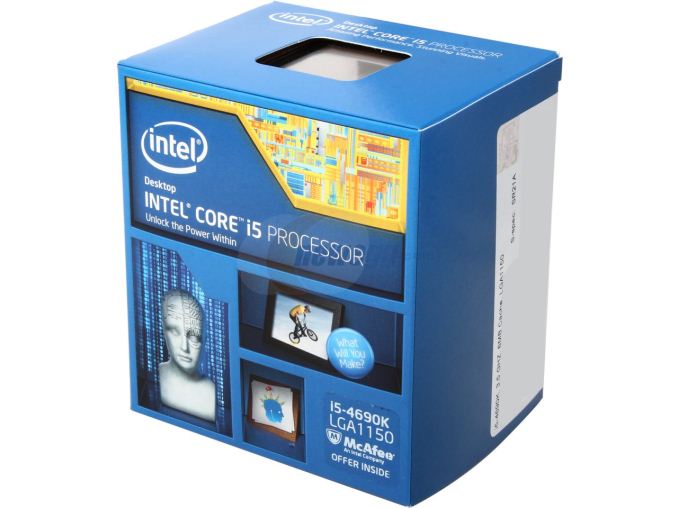

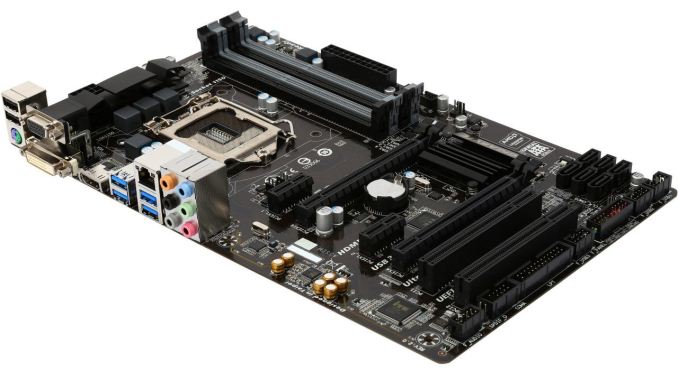
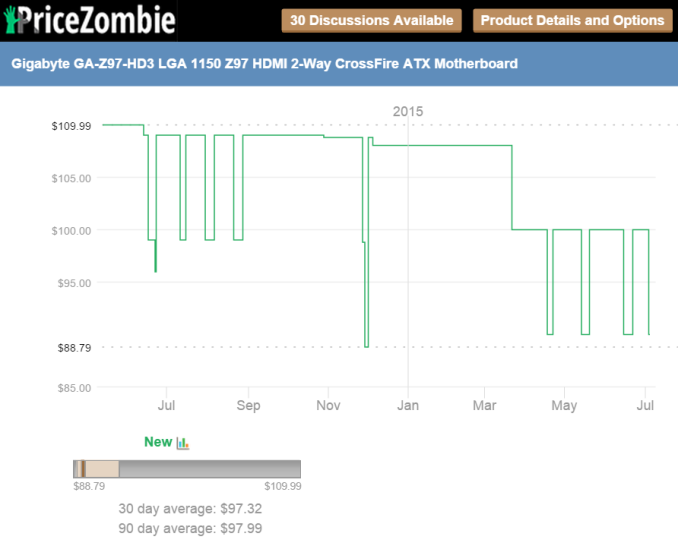
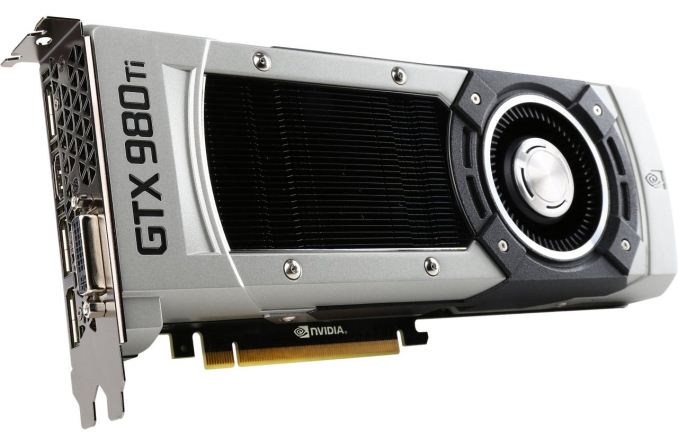
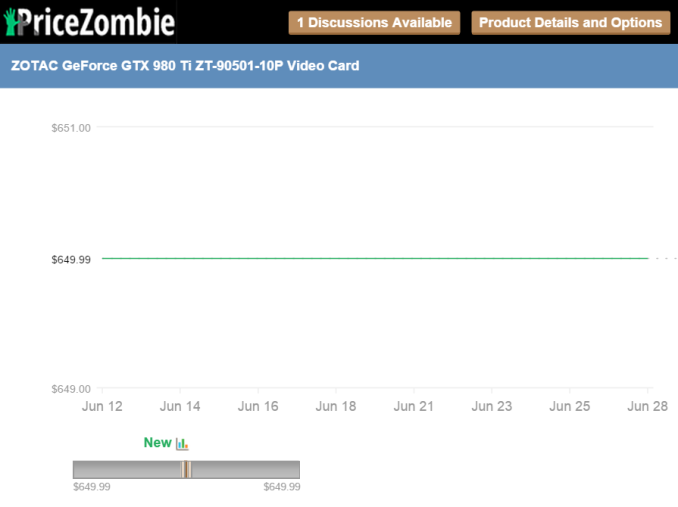
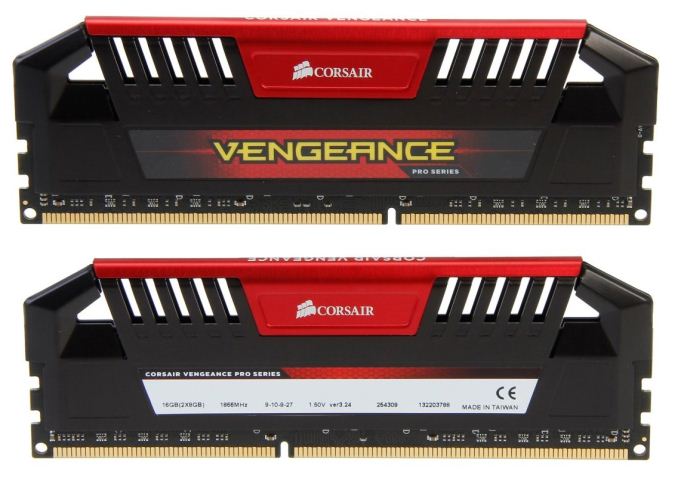

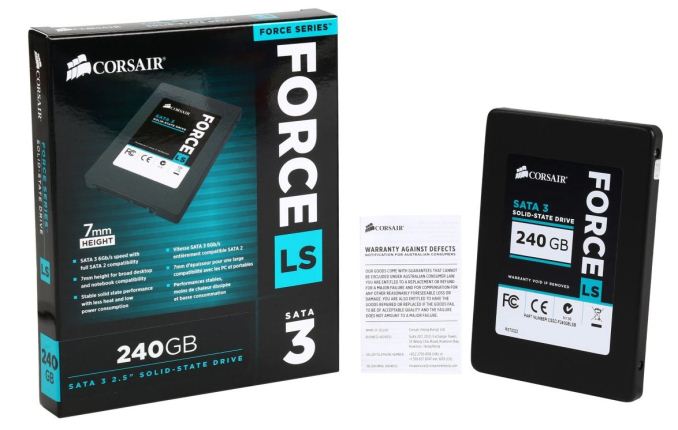
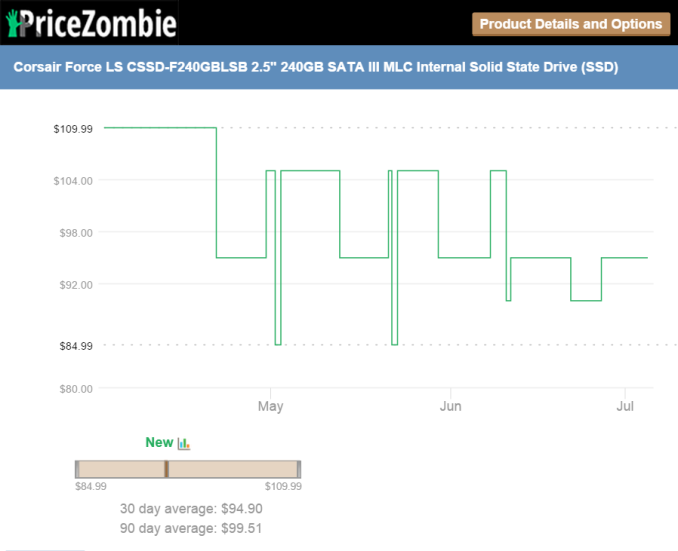
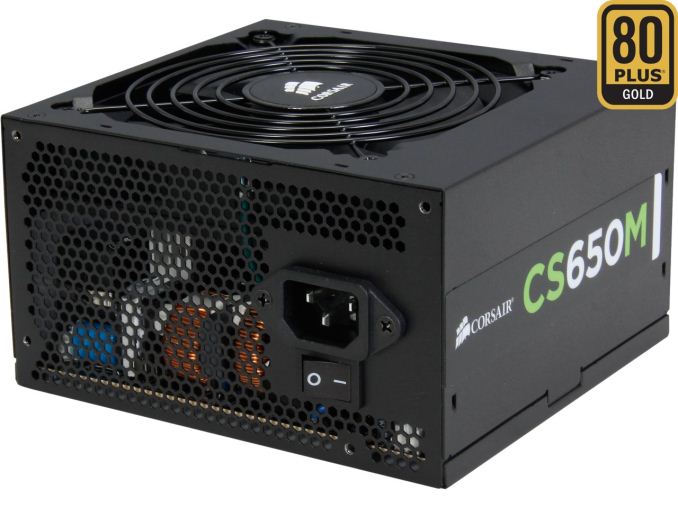
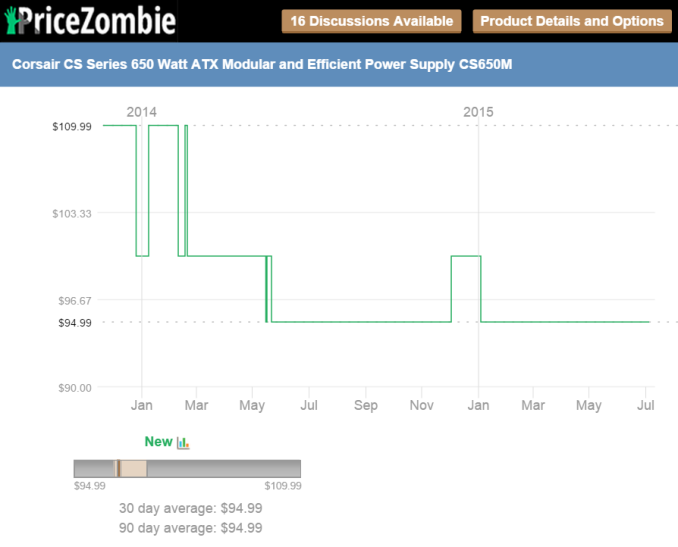

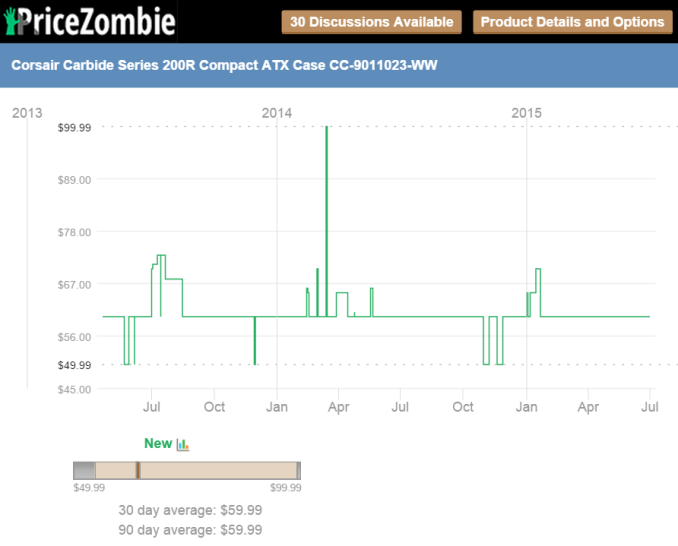
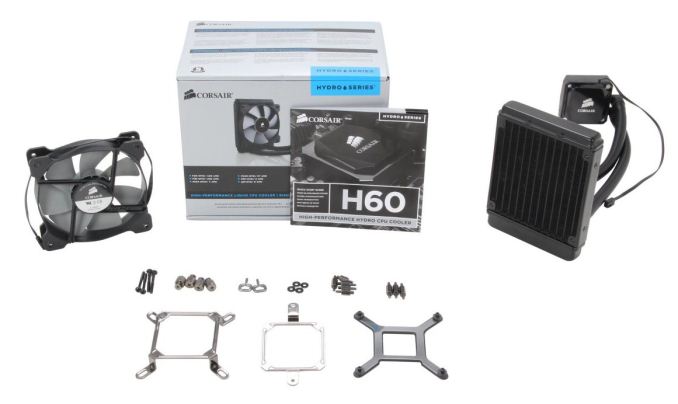
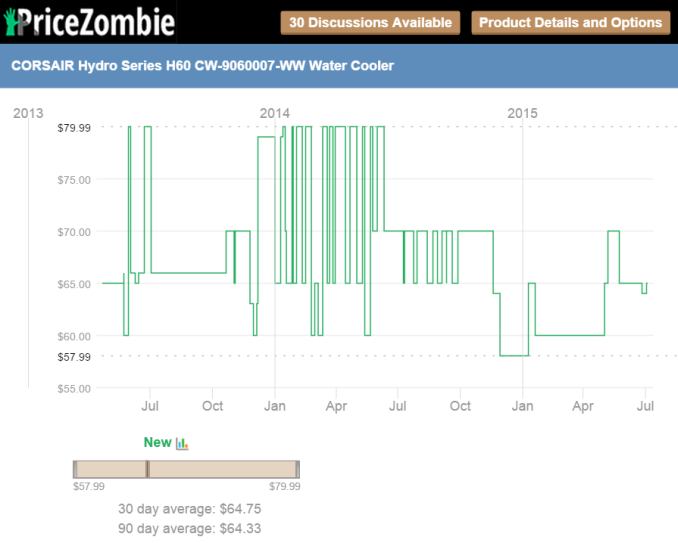
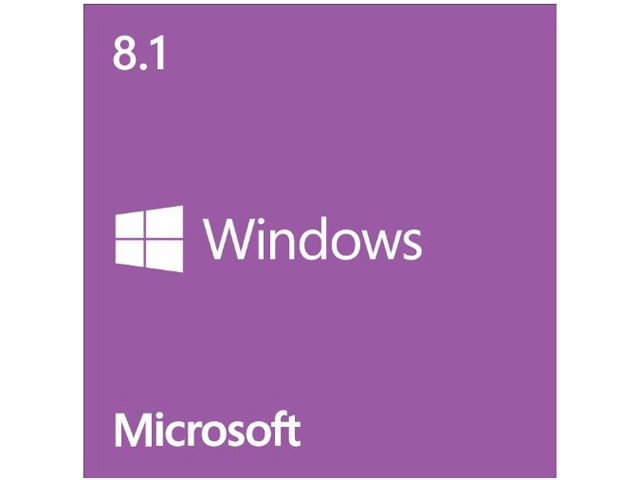
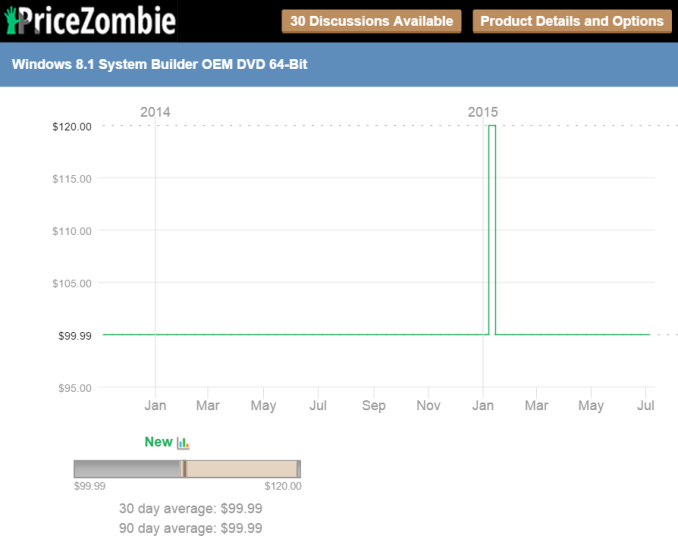














117 Comments
View All Comments
3ogdy - Wednesday, July 8, 2015 - link
I loved it! There's one thing I found ironic, though: Chinny Chuang's given her build the name "Hey good lookin'", while using an NZXT S340 case, which is basically a black box with transparent side panel. Ehm.....what? :) She could've used something like this http://goo.gl/tDzmjI and it would've been just about the same and much much cheaper. (basically FREE, for that matter).dakishimesan - Wednesday, July 8, 2015 - link
I really like the case she chose:http://cdn.pcpartpicker.com/static/forever/images/...
http://oi59.tinypic.com/6430qv.jpg
http://i.ytimg.com/vi/rexzW3MAulU/maxresdefault.jp...
Visual - Thursday, July 9, 2015 - link
She didn't name the config after the case, she named it after herself. You could obviously announce the winner of this round already from the photos on the first page.mr_tawan - Thursday, July 9, 2015 - link
Well mounting components on the cardboard box could have been more expensive than buying a chasis :-).Seriously I think the case is pretty good on showing how the components inside looks, just like a jewel case.
crimson117 - Wednesday, July 8, 2015 - link
Can you please post a table of the two configs side by side for comparison?Brazos - Wednesday, July 8, 2015 - link
2nd that motionAchaios - Wednesday, July 8, 2015 - link
Although Chinnie is a cutie and I hate to vote against her (sry Chinnie), my vote for the best gaming system goes to Dustin.Dustin hit the nail on the head with the 980TI, the k CPU and the 16GB RAM. I think Dustin "gets it".
Chinnie's errors: Non-K CPU, means no CPU overclocking - 8 GB is insufficient for a gaming rig (I know b/c I am using 8 GB RAM too and I cba to change it which leads to petty inconveniences.) - GTX 970 GPU instead of a GTX 980 or 980Ti. I would avoid a GTX 970 (no need to explain why).
As for my System Upgrade philosophy: I upgrade motherboard, RAM, CPU and storage every 4-5 years and GPU every 2 years, which means that within the average lifetime of a rig I would upgrade the GPU twice. Cheers.
Gyro231995 - Wednesday, July 8, 2015 - link
The 4690k is $50 more expensive than her choice, the 4460. That, with the water cooling, will make a quiet build. The Z97 motherboard will allow for SLI later on.The water cooling also looks pretty nice. I would rather a 212 Evo and get the 4690k, but the Evo really isn't a pretty cooler.
8GB is fine if you don't have a bunch of stuff in the background while gaming.
Are you still hung up on the 3.5GB thing? Seriously? It's the best she could have gotten on budget; it is easy to suggest a pricier card but it is hard to fit it in budget and keep the general theme.
I agree that Dustin's build is better but it seems like you are ignoring the theme of Chinnie's. It isn't straight out performance; it is good performance with good looks.
In a world where value is kind, neither builds are perfect. Fortunately this competition is hardly a locked down, rule burdened competition. It is cool to see both builders explore what can be done in budget.
Sammaul - Wednesday, July 8, 2015 - link
Both of you are correct. Point of fact, I see nothing wrong with either of these builds, aside from the fact that both pretty much left out all peripherals....if you were building a new rig from scratch, never having a gaming rig before....proper keyboard, mouse, and controller(if you use one) are a must at minimum. But Chinnie's build is just fine at 1440, and will work with a Rift. Dustin's is without a doubt more future proof...Impulses - Monday, July 13, 2015 - link
She did waste $50+ in stuff that adds nothing but aesthetics... Not that I hold that against her, I care enough about how my PC looks to match RAM/mobo colors and things like that. I still keep a cold cathode inside it for that matter and I chose a Phanteks HSF over a Noctua largely because of aesthetics (but also a $30 price difference after MIR). I recognize not everyone's gonna care for that but those differences are what's gonna make an exercise like this interesting.